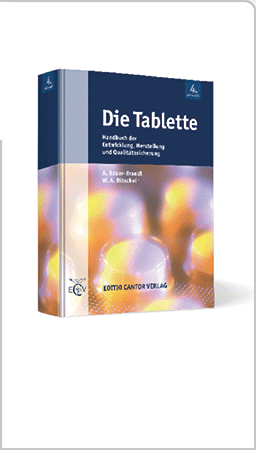Building Transferable Cluster Calibrations for the Identification of Different Solid Excipients with Near-Infrared SpectroscopyMichel Ulmschneider a , Gabriele Barth a , and Eszter Trenka b F. Hoffman-La Roche Ltd., Pharmaceutical Quality Control and Assurance a , Basle (Switzerland), and Büchi Labortechnik AG b , Flawil (Switzerland) In this study a fast and non-destructive near-infrared (NIR) spectroscopy method with corresponding chemometric calibrations was developed for the direct identification of 11 solid pharmaceutical excipients. Identity testing by NIR can be performed either in the warehouse, at the production line or in the laboratory. Almost no sample preparation was required for calibration apart from the filling of representative samples in glasses for measurement in the laboratory. The NIR-spectra of the different samples were recorded with up to 4 FT-NIR spectrometers of the same type and manufacturer. Measurement was performed by diffuse reflectance with a 2 m long fiber optics probe in direct contact with the material surface. The NIR-spectra of the similar products were stored in qualitative projects. Principal component analysis combined with cluster analysis was used to tighten the identification criteria. To achieve valuable validation of the resulting mathematical models, the samples were split into calibration and validation sets. The latter were used as external, independent test sets. The resulting NIR-application could be transferred to other spectrometers of the same type. Key words Cluster analysis · Near-infrared spectroscopy, calibration, transfer of calibration · Pharmaceutical excipients, idendification |
|
|
pharmind 2000, Nr. 5, Seite 374




